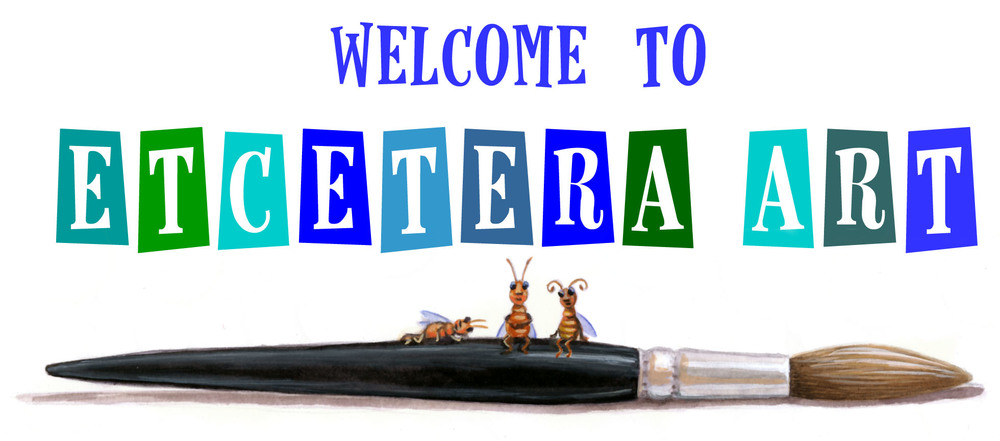For this section of the Insect Inquiry, students got to do what they like best in art class . . painting! And a chance to synthesize their work observing insects into an original work of art. In the oil pastel watercolor resist paintings below, students were asked to create a never-before-seen creature that was insect-like . . . in other words, a creature that had some things the same as and some things different from an insect. Students choose their own level of complexity: they could stay close to the insect observation by making changes to an observed insect or they could use their memory and/or imagination to create something completely new. The creature could have as many elements different from an insect but had to have at least one element the same as an insect.
After creating their paintings, students observed their creatures and filled out a T-chart. The directions for the t-chart were: "What can I locate in my creature that is the same as an insect and different from an insect? List them in the appropriate column." This was the first time students used a chart like this in my class and also a first foray into looking at their own art using analytical, compare/contrast thinking skills.


